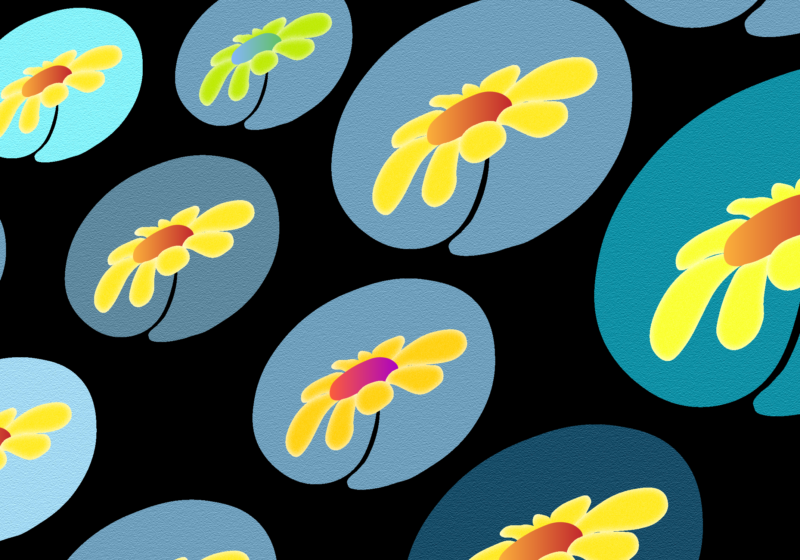Among several movie advertisements, there is always one that suddenly catches your attention. Not because it’s distinctly different from the rest, but because you swear you’ve seen it before, just a few years ago. Vaguely similar plot, vaguely similar dialogue, and some scenes that even feel like they were taken straight out of the original. And yet there it is, an entirely new piece of media ready for your consumption.
There has been a rise of remakes and reboots in the world of cinema lately, perhaps because people are enjoying the chance to reminisce on early 2000s and 2010s nostalgia. However, there is an immense amount of backlash for these blasts from the past. For example, “Home Alone” (2021) faced endless criticism for messing with the fond memories of the original and taking creative liberties in the wrong places and times. Another beloved series, “The Matrix,” had many fans initially excited to see a new installment in the franchise. But “Matrix Resurrections” (2021) was accused of being a poorly-made cash-grab by several reviews, essentially beating a dead horse.
There are many other instances of this, regardless of movie genre. In fact, the media as a whole has been using past productions as a crutch for new content, including areas of music and literature. With music, covers, and mash-ups, utilizing other popular songs is becoming more commonplace day by day, whereas a lot of books have what feels like the exact same story just written in different fonts.
But is it inherently bad to essentially reproduce these forms of art? The past has always been a source of inspiration, so where is the line between low quality remakes and true homages?
I feel like intention plays an immense role in answering this question. The purpose behind your work makes itself clear in the small details you incorporate in the project, and I think that people are constantly underestimating audiences’ ability to sense that. Taking the time to research aspects of original works that would mean a lot to fans and including them in subtle ways creates a very different outcome as compared to the mosquito-like productions that suck all the nostalgia right out of you.
And this is not to say that being original is impossible these days either. It’s easy to find similarities in works published around the same time, even when they had no connection with one another. After all, we have been retelling the same basic human experiences and emotions in a variety of artistic forms since the dawn of time — but the different ways we do so is crucial. The disparities and nuances in each individual’s experience instantly add a new dimension to the work they produce, and that allows them to appeal to specific audiences that want to connect with that particular iteration of the story.
And hey, let’s be honest. A capitalistic society fuels the production of cash-grabs over personal works of art, but that doesn’t mean we have to buy into that game. Trust your instincts and choose to support media that truly deserves it. Without active protest from the public, we will continue to see this pattern of half-hearted remakes that leaves a wet-dog smell in the air. Meaningful stories with the ability to really move people with their messages are the true nostalgia we are missing, and the one that people can feel free to feed off of.




